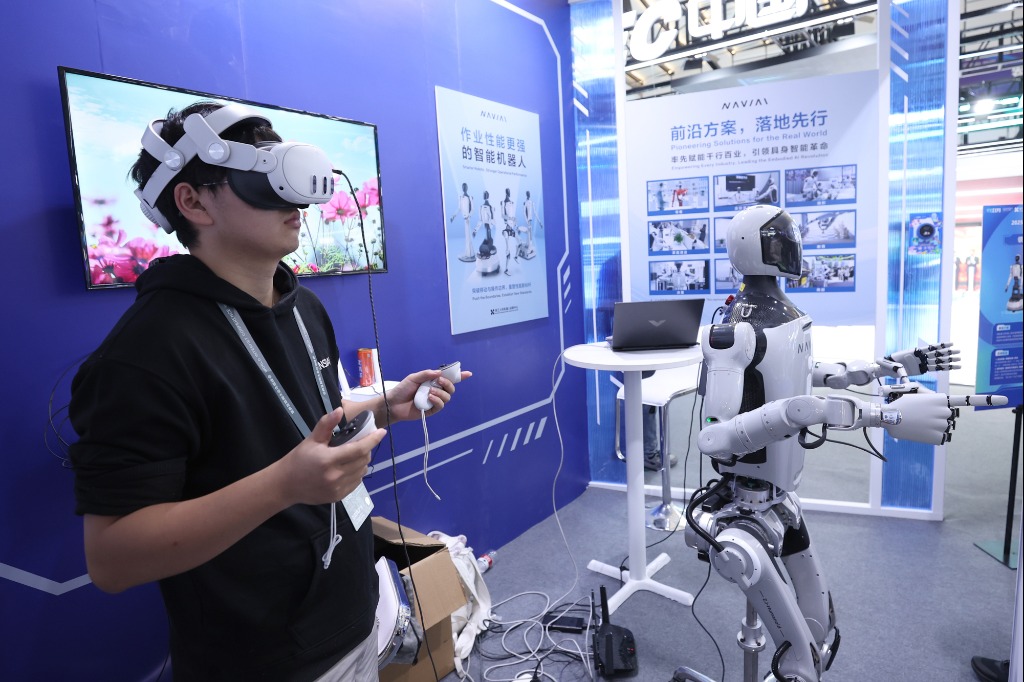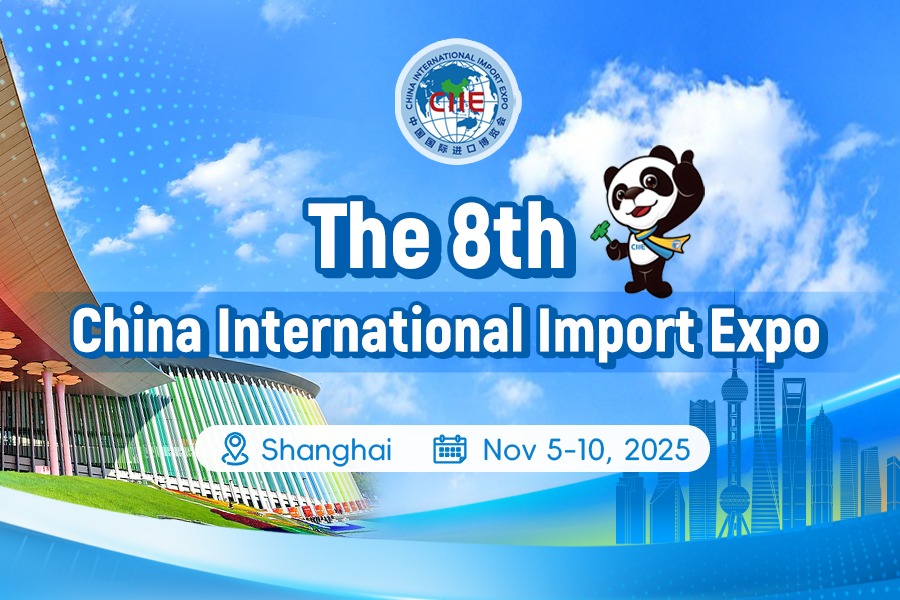Imbalance a structural issue


Experts: Deficit will narrow if US lifts curbs on high-tech products
The major cause of the trade imbalance between China and the United States is the US economic structure, and Washington should ease limits on high-tech exports to reverse the situation, officials and business leaders said.
To drive their profit growth rate and benefit domestic consumers, a large number of US businesses have already moved their manufacturing facilities to countries including China, South Korea, the Philippines, Turkey and Brazil, where the cost of labors and materials is less expensive than in the US, said Wang Yiming, deputy director of the Development Research Center of the State Council, or DRCSC.
In a world whose prosperity has been built on free trade and global investment, it is largely price-sensitive consumers who decide the trends in trade, for both exports and imports, which means that trade protective measures are no longer effective to hinder the progress of trade globalization.
Sun Fuquan, a researcher at the Beijing-based Chinese Academy of Science and Technology for Development, noted that "China has been a pillar market where the US gained its fastest export growth," but there's a continuing trade imbalance because "many US goods are less competitive in the Chinese market".
The solution to that trade deficit won't be cutting imports from China, but from US companies making their products more competitive, by figuring out how to deal with European and local rivals in China, he said.
Joe Kaeser, chief executive officer of Siemens AG, the German industrial conglomerate, said he believes people should not confuse the lack of competitiveness with unfair trade. If companies lack competitiveness, they need to invest in innovation and talent nurturing in order to catch up.
To promote free trade, China has repeatedly stressed that the trade imbalance between the two countries is mainly a result of different economic structures, industrial competitiveness and international division of labor. The flow of trade is determined by the market, and China has never sought a trade surplus.
Another factor that has often been overlooked is that US control of high-tech exports to China contributes a lot to the trade deficit with China, Minister of Commerce Zhong Shan said earlier last month, quoting one US research report that estimated a 35 percent drop in the trade deficit with China if the US relaxes export restrictions.
"China has the global competitive edge in terms of labor-intensive products, while the US has the global advantage in terms of skill-intensive products and service industry," said Xu Hongcai, an economist with the China Center for International Economic Exchanges.
The restrictions placed on the export of high-tech products from the US to China undermine the competitiveness of US products in China, Xu said.
The percentage of high-tech imports to China from the US fell from 16.7 percent in 2011 to 8.2 percent in 2016. Only 4 percent of China's $227 billion chip imports came from the US in 2016, according to a study released by the DRCSC in March.
"When handling economic issues with other countries, a trade surplus is not what China seeks. Facing setbacks in economic globalization and free trade, the country has continued to be unwavering in opening up its economy," said Wang Shouwen, vice-commerce minister.
- Business and opinion leaders weigh in on trade tensions at China Forum
- Chinese high-tech manufacturers brace for impact of potential US tariffs
- Tariffs may take the wind out of US agricultural exports
- China asks US to restore friendly economic cooperation
- China urges US to revoke protectionist measures




































